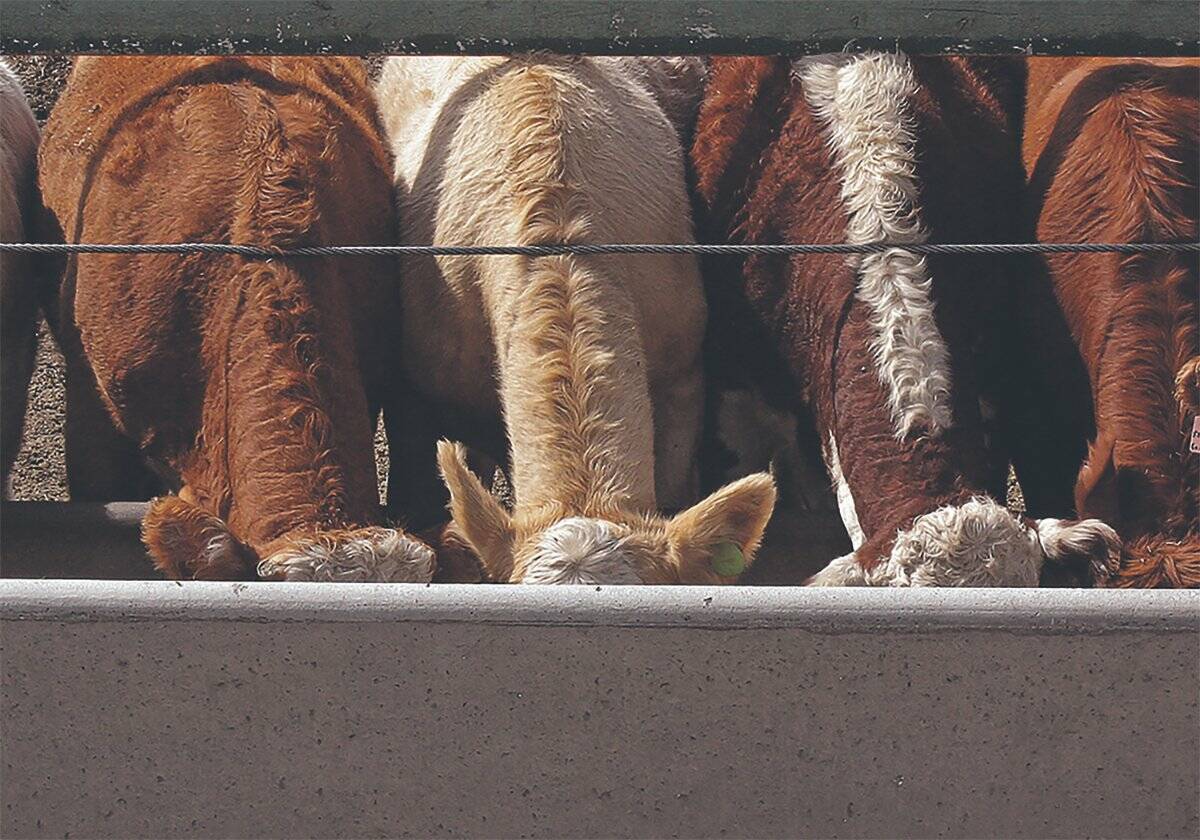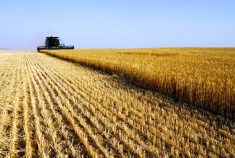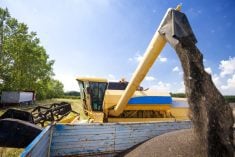Heavier than usual snowfall in March has increased the risk of spring flooding in Manitoba, but the damage to property and farmland should be moderate compared to 2011, provincial officials announced today.
“We’re trending towards a 2009 flood scenario, not a 2011 flood scenario,” said Steve Ashton, minister of infrastructure, transportation and emergency services, at a flood briefing in Winnipeg.
“The 2009 flood scenario saw significant flooding in the Red River Valley and the Interlake … but it certainly wasn’t of the range of 2011.”
To distinguish between the two floods, Ashton said the 2011 event resulted in $1.2 billion in disaster financial assistance payments. In comparison, the 2009 flood cost $60 million.
Read Also

Ample supplies and improved livestock sector to boost Canadian feed sector: FCC
Abundant feed grain supplies and improved profitability for the livestock sector should support strong feed demand and sales through the winter, says a new report from Farm Credit Canada.
Earlier this year, provincial forecasters predicted mild to moderate flooding across Manitoba. However, 200 percent of normal snowfall in March in Manitoba, Saskatchewan and North Dakota has increased the flood potential into the moderate to major range.
Nonetheless, the conditions aren’t comparable to 2011, when record water levels overwhelmed the Assiniboine River, the Souris River and Lake Manitoba over the spring and well into the summer, said Philip Mutulu, Manitoba’s chief flood forecaster.
“The current forecast suggests that Manitobans will not likely see the widespread and prolonged river flooding and high lake levels that unfolded in 2011.”
Besides the additional snowfall, exceptionally cold temperatures in March froze the soil to greater depths than normal, which exacerbates the flooding risk, Mutulu noted.
“Across southern Manitoba, soil is frozen to a depth of 50 centimetres to more than 100 cm.”
To prevent severe flooding downstream of Portage la Prairie in 2011, the province diverted hundreds of millions of litres of water into Lake Manitoba. Consequently, water levels rose two metres above the normal operating range for the lake. The water spilled onto surrounding hay and pastureland, forcing hundreds of ranchers to move livestock to higher ground.
A repeat of that crisis is unlikely because even if conditions are unfavourable, provincial forecasters expect water levels to rise only 30 cm above the lake’s operating range, Ashton said.
“The relative risk for Lake Manitoba… (is) not in the range of what we saw in 2011.”

















